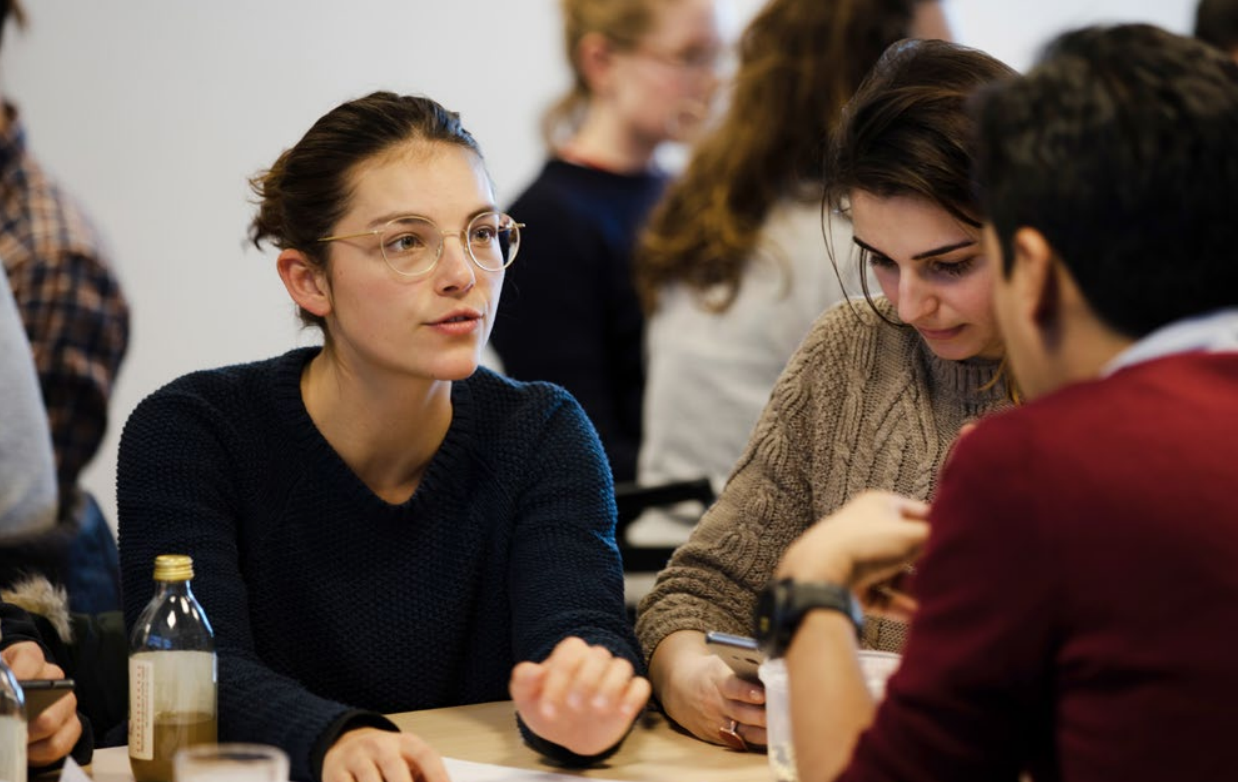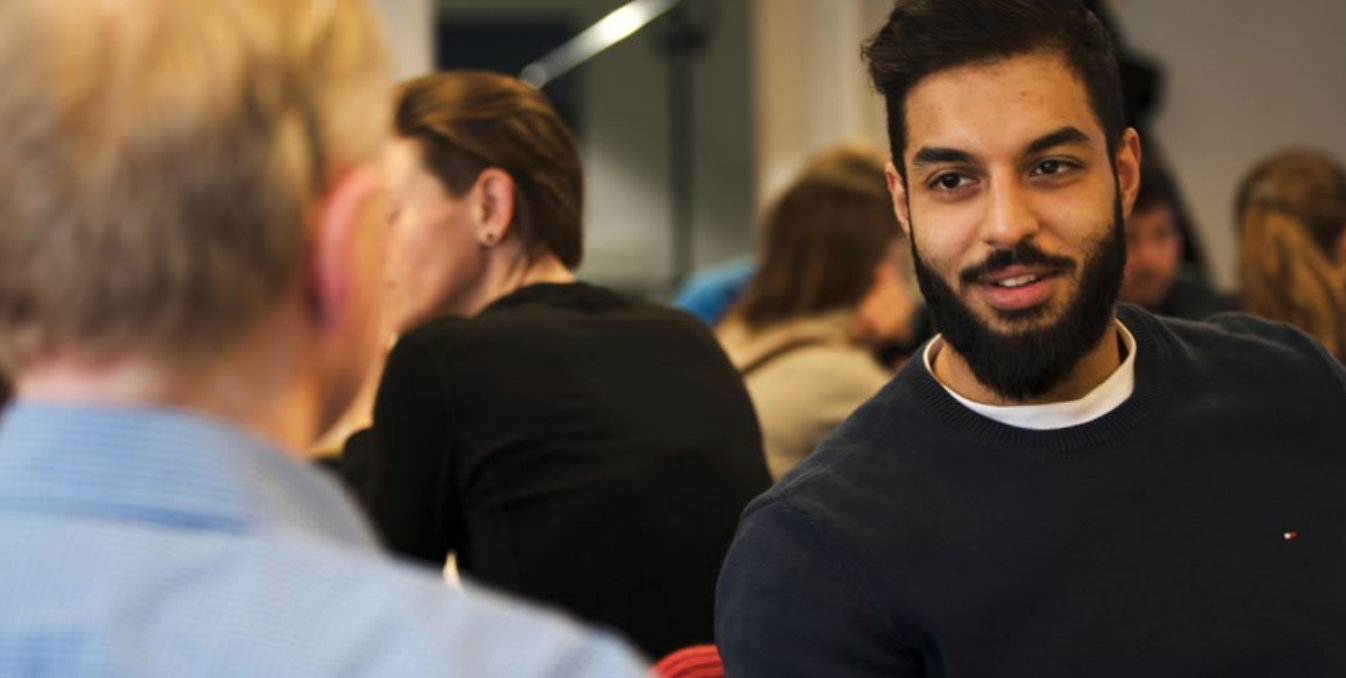Image

Table of Contents
Overview
The circular economy is designed to provide an alternative to the current, linear economy where consumers take, produce, consume, and waste resources. In a circular economy, all systems are designed to be regenerative so that materials flow back into the cycle after every use (i.e.: by creating products and services that are long-last- ing, and by reselling, donating, renting, refur- bishing, and recycling). The concept was coined by the Ellen MacArthur Foundation in 2010 and has found vast support from governments (e.g. the European Union’s Circular Economy Package) and the private sector (e.g., IKEA, Nestlé, and Procter & Gamble) who have launched circular business models and take-back systems for re- covering materials.
The Circular Economy Club (CEC) is the international network of 3,500 individuals and organizations working to implement circular economy concepts in 100 countries around the world. The club has 180 CEC Organizers worldwide who lead CEC chapters in their cities that bring together key stakeholders interested in the circular economy, and 50 experts who give free mentoring to startups and young researchers interested in embedding circularity. In March 2018, CEC launched the CEC Organizers program in universities, allowing professors and students to create clubs in their universities to embed circularity in the curriculum and initiate new lines of research in this area. CEC’s goal is to embed circularity in the curriculum of different degree programs, including business and engineering, in at least 200 universities by 2022. This case study examines progress to date in creating the CEC University Organizers program.
Background
The circular economy is a new economic model that works in a holistic manner to address complex social and environmental challenges. A key goal of CEC is to prepare the next generation of leaders to address these challenges by embedding circular economy concepts into the curriculum and processes of all universities around the world. The circular economy model, as seen in the “butterfly diagram” below (source: Ellen MacArthur Foundation), calls for materials to flow back into the system by design, in which waste is designed out and buyers become users. For example, the Finnish startup RePack is a returnable packaging solution for consumer waste generated from online purchases. When an online product comes with RePack packaging, the packaging can be folded and returned to RePack to be used for the next client. This allows one package to be used more than 20 times. At the end of the package’s life cycle, it is collected and remanufactured to be used again for the next 20 consumers. In this example, waste is avoided by design. The diagram below illustrates the circular economy concept.
CEC Members believe that environmental education is a key component for a transition towards a circular economy, and aim to ensure that the young leaders of tomorrow understand and use principles of the circular economy to create a world that is both economically and socially prosperous. The CEC University Organizers program works towards this goal by embedding circular economy principles into both curriculum and research. The program works to raise awareness about the economic opportunities of circularity, such as using waste as a raw material, innovating through new business models (e.g. renting and subscription models), and building marketplaces for selling and sharing used items.
It’s encouraging that university students are signing up for a voluntary program that does not provide credits because they want to be actors of real change in their communities.— Anna Tari, Founder, Circular Economy Club (CEC)

Approach
- Any student, professor, or staff from a university can apply to become a CEC Organizer through the CEC website and share why they would like to bring circularity to their university. The opportunity is generally publicized within the CEC network and through social networks, such as LinkedIn. The CEC team is generally approached by students and professors who learned about the CEC through social media and became interested in joining as members. Other times, they reach out to students who are identified as having an interest in sustainability through LinkedIn, and invite them to join the program.
- Once accepted, CEC Organizers receive a toolkit, which includes a CEC university logo, brand guidelines, and guidance on organizing kick-off events, workshops, conferences, and meetings at their university. The toolkit also includes templates for slide presentations, collaboration and sponsor agreements, and email correspondence. The toolkit is updated on a regular basis by the CEC team, using feedback from CEC Organizers.
- All ideas and materials that go into the toolkit are tested in at least one location. The event formats that worked well in more than one location are highlighted as “top events formats” so that organizers know which events have been the most successful. The “top” or “recommended” format of events are those that effectively bring more than 30 stakeholders together and have a clear objective of solving a challenge together. For example, one “top event format” is a workshop session that asks participants to map out the flow of materials in the university canteens and identify solutions for reducing the input and making the most out of the output.
- The organizers are added to a group on the CEC website where they can interact with all the other organizers from universities worldwide, which enables them to exchange knowledge and effective practices.
Evaluation Plan
Since the program is relatively new, the CEC is focused on several preliminary metrics that will help quantify success by 2020, including:
- Growing the number of CEC University Organizers from 20 to 150
- Hosting a global “Circular Education Week” with CEC Organizers and members all around the world to celebrate and raise awareness about this topic in their universities through sessions and workshops
- Increasing the number of workshops implemented from 25 to 200
- Ensuring the quality of workshops is high, as rated by workshop participants
- Initiating projects to embed circularity in university processes (i.e.: pilot projects include finding specific solutions for food waste in the university, or for the use of disposable bottles for beverages, as well as projects that aim to integrate the circular economy in the curriculum of various disciplines)
- Producing circular economy research papers at participating universities
- Embedding circular economy concepts into 200 universities by 2022
Outcomes
- So far, CEC has recruited 20 CEC University Organizers including at Aalborg University (Denmark), Blekinge Institute of Technology (Sweden), Copenhagen Business School (Denmark), Federal University of Rio Grande do Sul (Brazil), Fleming College (Canada), Liverpool John Moores University (United Kingdom), Oxford University (United Kingdom), Politechnic University of Comillas (Spain), Szent István University (Hungary), Technical University Federico Santa Maria (Chile), University of Bradford (United Kingdom), University of Cambridge (United Kingdom), University College London (United Kingdom), University EAN (Colombia), University EAP (Mexico), University NOVA Lisboa (Portugal), Vaal University of Technology (South Africa), and Western Colorado University (United States).
- CEC has produced workshop tools on how to:
- Build awareness about the circular economy by defining the model and highlighting successful case studies.
- Host awareness-raising sessions with outside speakers to discuss what the circular economy is and how it can be embedded in universities.
- Host brainstorming sessions with working groups to address wasteful processes within a university through circular solutions (e.g.: canteen food waste). In such sessions, participants identify the material flows within their university and map out opportunities for waste reduction.
- Facilitate mapping sessions to identify existing circular economy initiatives around their university and identify potential partners.
- Convene university stakeholders to discuss how (what approaches) and where (which departments, degrees, etc.) to embed circular economy concepts.
- There has been growing interest in cross-country collaboration. CEC is planning to host a CEC Global Universities Week in 2020 for universities to collaborate in raising awareness about the importance of embedding the circular economy in all departments and degree programs.

Lessons Learned
- The team found that if faculty from environmental sustainability departments join forces with non-environmental disciplines, the program could be more successful. Faculty from environmental programs could consider marketing to other disciplines to better engage them (e.g.: “Marketing the circular economy” for marketing students, “Circular economy design for materials” for materials science, “Circular Economy in Construction” for architects and engineers, etc.). In addition, the co-development of materials would help ensure materials and courses are of interest to those specific degrees. The circular economy is a system-wide change, and can be taught in any course or degree if adapted to the relevant topics in each circumstance.
- Once the business case is presented, non-environmental degree program heads become more interested in sustainability and circular economy concepts. In some cases, sustainability can be seen as nice-to-have but not-necessary. However, when presented with business opportunities that emerge from the circular economy, suddenly one is speaking “in their language” and they become more interested.
- While there is a lot of focus on recycling and reducing energy consumption, there is not enough focus on preventing waste creation in the first place. One of the lessons learned is the degree to which sustainability departments have focused their curriculum on reducing the impact of unsustainable systems rather than designing to simply not have negative outcomes (for example, rather than recycle disposable coffee cups, students can create a system of reusable cups).
- There is great interest from professors to help promising students become CEC Organizers. Several professors expressed interest in becoming a CEC University Organizer, and built a team of students to take on the role as organizers and benefit from the club’s visibility and knowledge sharing. This has been a great experience as it shows the willingness of many professors across countries to empower young leaders.
- Students need visibility and opportunities to network. CEC University Organizers can connect to a network of 20 CEC University Organizers, 160 CEC City Organizers, and the rest of the CEC network. There is great value in connecting students to others with the same values, regardless of geography. Also, students have become more involved since CEC began sharing their profiles and workshop photos through social media.
- Building trust and a positive reputation is critically important in order for a community to thrive and engage in CEC programs. For example, once Oxford University established a CEC Organizer, many more universities followed. Some organizers have mentioned that the reputation of the program has grown as students and professors from top ranked universities have joined. It can be a useful and strategic approach to contact leading institutions and influencers to help drive participation.
- In order to create change, it must be as easy as possible for people to engage. CEC provides the platform, the branding, the format of events, and the visibility to the organizers. Then, organizers can do their part by kicking off workshops in their universities. The more the core CEC team can do to facilitate the role of the CEC University Organizers, the more the program can flourish.
Resources
- About the circular economy model
- Research, reports, courses and circular economy strategies
- A global snapshot of circular economy learning offerings in higher education
- Become a CEC University Organizer
- Contact a CEC University Organizer
- Circular Economy Club (CEC) website
- CEC LinkedIn group
- CEC Facebook group
- CEC Facebook page
- CEC on Instagram